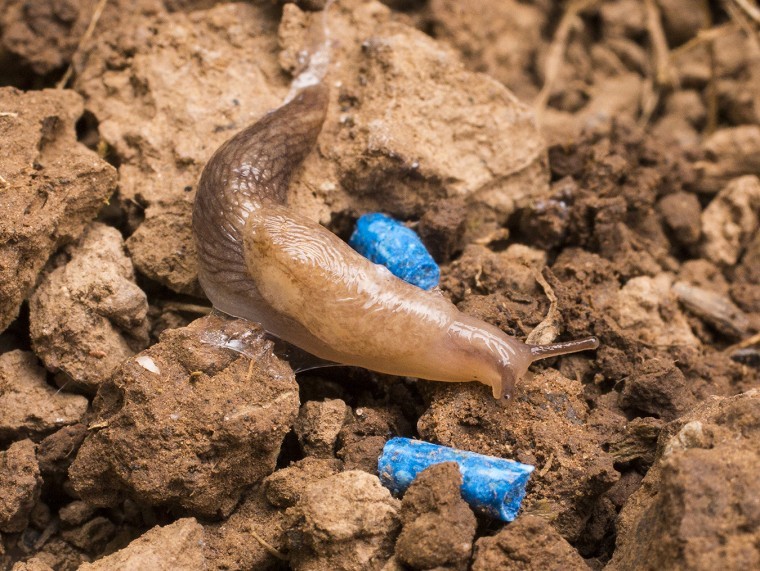Certis’ technical specialist, Geoffrey Bastard, warns growers not to be complacent even though little straw has been left after harvest and dry conditions have helped to keep slugs at bay.
“We’ve seen slugs grazing on stubble and OSR volunteers following harvest, particularly in places where there’s been significant rainfall, and where soils are heavier,” he says.
Geoffrey advises growers to adopt a risk-based IPM approach, which includes a combination of control methods to prepare for a potential influx of the pests.
“Particular attention should be paid to fields with historically high slug pressure,” he says.
“Previous crop and soil type will also have an impact, for example, wheat after oilseed rape will be particularly susceptible.”
He adds that slug pressure should be frequently monitored on a field-by-field basis. “Assess the current in-field populations and ensure soils are well consolidated ahead of drilling.
“However, I’d be cautious of cultivating too early, as working dry and cracked soils could cause more damage to the soil structure. This can slow down germination and negatively impact on the crop successfully growing away from the pest.”
Geoffrey also recommends slug trapping to recognise when slug pellets are required. “Monitor populations by placing slug traps with layers mash underneath,” he says.
“Put traps out in the evening to be checked early the following morning. If you see four or more slugs, apply a ferric phosphate slug pellet, such as Sluxx HP.”
He adds that using a high-quality, uniform, wet process ferric phosphate pellet, will provide good spreadability and durability in the field.
“Ferric phosphate also comes with the added benefit of having no environmental restrictions, but growers should still be mindful of the specific application rates of the product to ensure best results,” says Geoffrey.
Sluxx HP should be applied at a maximum dose rate of 7kg/ha. In high pest-pressure situations, up to four applications of Sluxx HP can be made with a maximum total dose of 28kg/ha/crop.




